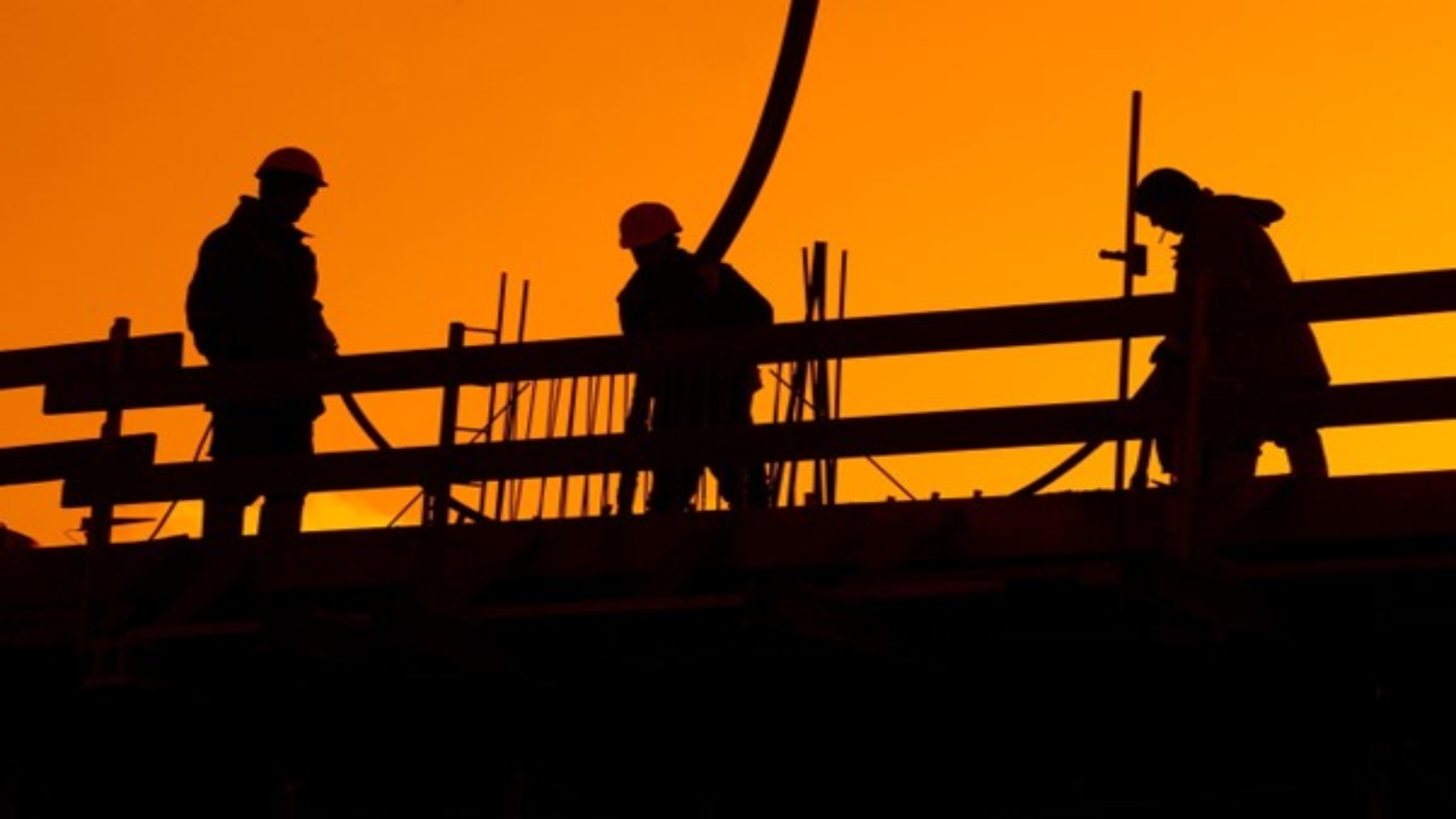Nowadays, material selection in buildings is driven by efficiency, durability, and sustainability. Due to its adaptability and performance, precast concrete is a popular choice for large projects. Precast concrete solutions have become popular for infrastructure and commercial buildings, changing how structures are designed and manufactured. Developers and contractors can optimise projects by understanding their benefits.
Greater efficiency and time savings
Precast concrete offers major benefits in terms of construction time savings. Foundation preparation can occur while precast parts are made off-site in controlled settings. Weather or logistical issues rarely delay projects with this parallel workflow. For instance, precast solutions from JP Concrete demonstrate how streamlined manufacturing and delivery may speed up project timeframes without compromising quality. The capacity to generate massive, ready-to-install components lowers construction time and on-site labour, saving time and money.
Outstanding structural strength
Materials for large projects must survive tremendous loads, environmental stresses, and wear. Durable precast concrete resists weathering, corrosion, and earthquake activity. Precast components are quality-controlled and consistent in strength and performance. This makes them excellent for bridges, roads, and huge residential complexes. Precast concrete’s solid structure decreases water absorption, making it a durable solution for infrastructure.
Benefits of sustainability and the environment
Modern building prioritises sustainability, making precast concrete an eco-friendly option. Its manufacture uses recycled materials, reducing virgin resource use. Precast concrete wastes less because precise moulds maximise raw material use. Its thermal mass regulates inside temperatures, reducing building heating and cooling expenses. Precast concrete meets green building standards and is chosen by ecologically aware developers.
Versatility in design and use
Another benefit of precast concrete is its versatility, which allows it to suit many architectural and practical needs. Its shape, texture, and finish options give architects and designers more creative freedom. Precast concrete offers flexibility without compromising structural integrity for beautiful facades, complex structural parts, and modular components. In modern construction, it can be used in industrial facilities, public infrastructure, and high-rise buildings.
This adaptability makes precast concrete a preferred choice for projects requiring customised solutions while maintaining robust performance standards. Its ability to seamlessly integrate aesthetics and functionality ensures it meets the demands of architects and engineers in diverse applications.
Cost-effectiveness throughout the project
While precast concrete may cost more initially than other technologies, its long-term savings are significant. Precast constructions save money due to low upkeep, on-site labour, and lifetime. Precision factory-controlled production reduces costly errors and ensures each component fits perfectly into the construction process. Precast concrete is a good investment that balances upfront costs and long-term value over a project’s life cycle.
Conclusion
Large-scale building projects depend on precast concrete because of its efficiency, durability, sustainability, adaptability, and cost-effectiveness. Precast technologies let builders increase procedures’ sustainability, structural performance, and efficiency. With its immense potential to transform building techniques and provide answers for a variety of uses—from bridges to tall buildings—this material has For massive projects involving precast concrete, strategically using it is sensible and forward-looking for building tomorrow’s infrastructure. Precast concrete also minimises waste and shortens building time, promoting a more environmentally friendly and efficient building technique.





























